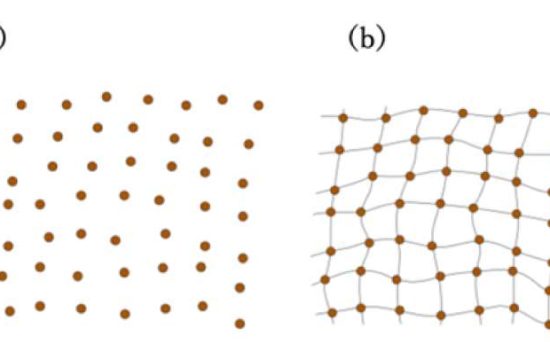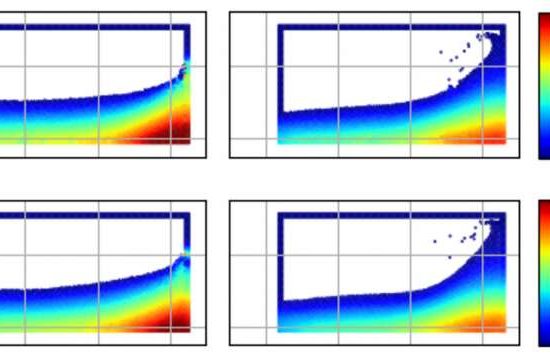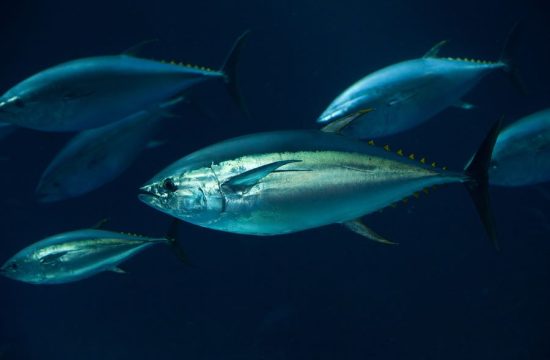Content streaming services such as Netflix and Apple TV often make suggestions of shows to watch. This feature is understood by the general public to work on the logic of “you clicked on A and B, which are comedies; you must like comedies, so we are suggesting more comedies.”
“Maybe you do like comedies, but perhaps more so when it features a Saturday Night Live (SNL) cast and is situated in yesteryears. For content streamers to come to that conclusion requires causal inference, because they’re saying, ‘You like comedy with SNL cast set in yesteryears, hence you clicked on these shows which have these features,’” explains Hannah Chang, SMU Associate Professor of Marketing.
“It’s not limited to just content streamers; this applies when you go to a restaurant where bottles of wine come with tasting notes to help diners make a choice. That’s the type of information that consumers are presented with when they are making a decision.
“But from the business’s perspective, or from the social sciences perspective, what they care about isn’t just ‘Which option?’ What they care about is that from the shows that a viewer clicks on, what are the systematic patterns? What are the drivers? What are the elements that capture the viewers’ attention?” she tells the Office of Research (ORe).

Understand AI to understand consumer behaviour
Drawing out causal inferences that underpin our understanding of consumer behaviour lies at the heart of Professor Chang’s latest research project titled “Advancing Consumer Behaviour Research through Generative AI and Large Language Models”, which was recently awarded a Ministry of Education (MOE) Academic Research Fund (AcRF) Tier 2 grant.
“In this project, we want to use some of the capabilities that generative AI (such as ChatGPT) offer to examine: ‘Are there things that we can create in terms of scientific toolkits that can help social scientists, marketers, and businesses better study consumer behaviour in a more effective way?’ Rather than just focusing on one particular type of consumer behaviour problem, we’re really trying to create a tool that aids this type of investigation for businesses and social scientists.”
Professor Chang emphasized the fact that social scientists are fundamentally interested in human behaviour, which is complex and nuanced. Pretrained AI models such as OpenAI’s GPT have demonstrated considerable capability in deducing the meaning behind texts and other unstructured data such as sounds and images, notes Professor Chang, while pointing to a treasure trove of data on platforms that such AI models can draw on.
“Platforms such as YouTube, X (formerly, ‘Twitter’), and Instagram provide a wealth of information about people’s behaviour, including text comments, video transcripts, user interactions, and engagement metrics,” she observes. “By leveraging modern AI models and such data, we can extract meaningful patterns without needing to build a model from scratch. This expanded analytical capability has the potential to help social scientists relax assumptions typically required in traditional experiments, because the models can handle real-world complexity and variability more robustly.”
That is easier said than done, concedes Professor Chang, pointing to the complex nature of human behaviour. “In real life, products are very complex – there may be thousands of comedy shows targeting consumer demographics. These shows vary in countless ways – some comedians like Seinfeld focus on the mundane. Others like Ricky Gervais are known for their cutting satire. How can the divergent opinions of distinct audience reactions to these disparate shows be combined and compared?”
The answer lies in isolating and identifying the underlying features of each show – essentially creating a unique fingerprint by categorising it into many micro-categories. This process simplifies and distills each show’s premise, allowing for direct comparison with other shows to identify both similarities and differences.
This approach is the logical extension of the behavioural research paradigm to real-world circumstances and contexts. “In the laboratory, to have scientific rigour, we need to present abstract options such as describing a show as a comedy show. If we don’t, it’s not that easy to isolate what factor is driving a certain behaviour. Thus, if I’m running an experiment to really understand what makes you interested in clicking on a Netflix show, I wouldn’t give you a storyline description. I would just have a word ‘Comedy’ or ‘Drama’ and see if you click on it.”
“But my research collaborators and I want to see if we can come up with additional toolkits that social scientists can use to expand different possibilities whenever they want to run an experiment. Then they can use this toolkit to make it more realistic – present the storyline, present the artists, present the trailer, but at the same time have the type of scientific rigour that’s required for doing good research.”
An impressive strike rate
Professor Chang, who secured her fourth Tier 2 grant in four applications with this project, joked, “Let me knock on wood because I don’t want to jinx anything” when ORe mentioned that fact.
“It’s really a lot of work for each application,” she says while sharing credit with her research collaborators. “And I am truly thankful for ORe because I learnt so much about grant writing in general by attending the grant writing workshops.”
She also singles out the importance of writing for people outside of her discipline.
“Usually when I write for my work, to talk about my research, I am writing for the academic journals that I’m submitting it to. The reviewers are usually other professors whose expertise is not just in marketing, but also in consumer behaviour. There may be a lot of technical jargon that I have taken for granted that everyone would understand.
“For grant proposals, I write with the non-consumer-behaviour specialist in mind. I’m writing to a broader audience, like an intelligent audience who may not be specialised in consumer behaviour.”
She adds, “Before I decide to apply for a research grant, I must have a project that I am excited about. When I write my grant proposal, I hope I communicate, ‘I really want to work on this and I hope you would be interested in this too.’ I would use the same words whether I am communicating with a fellow professor from management or a professor from psychology.”









